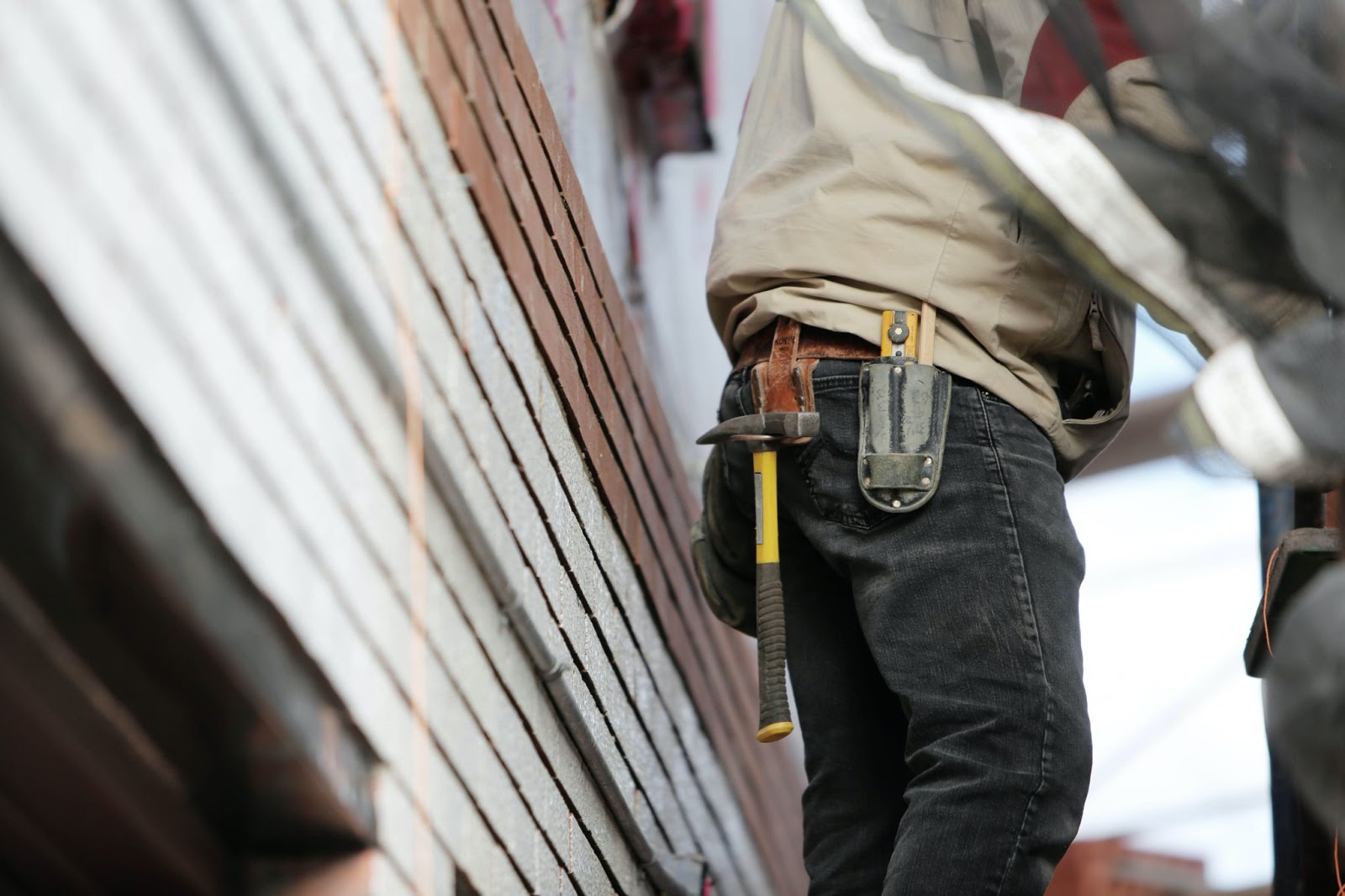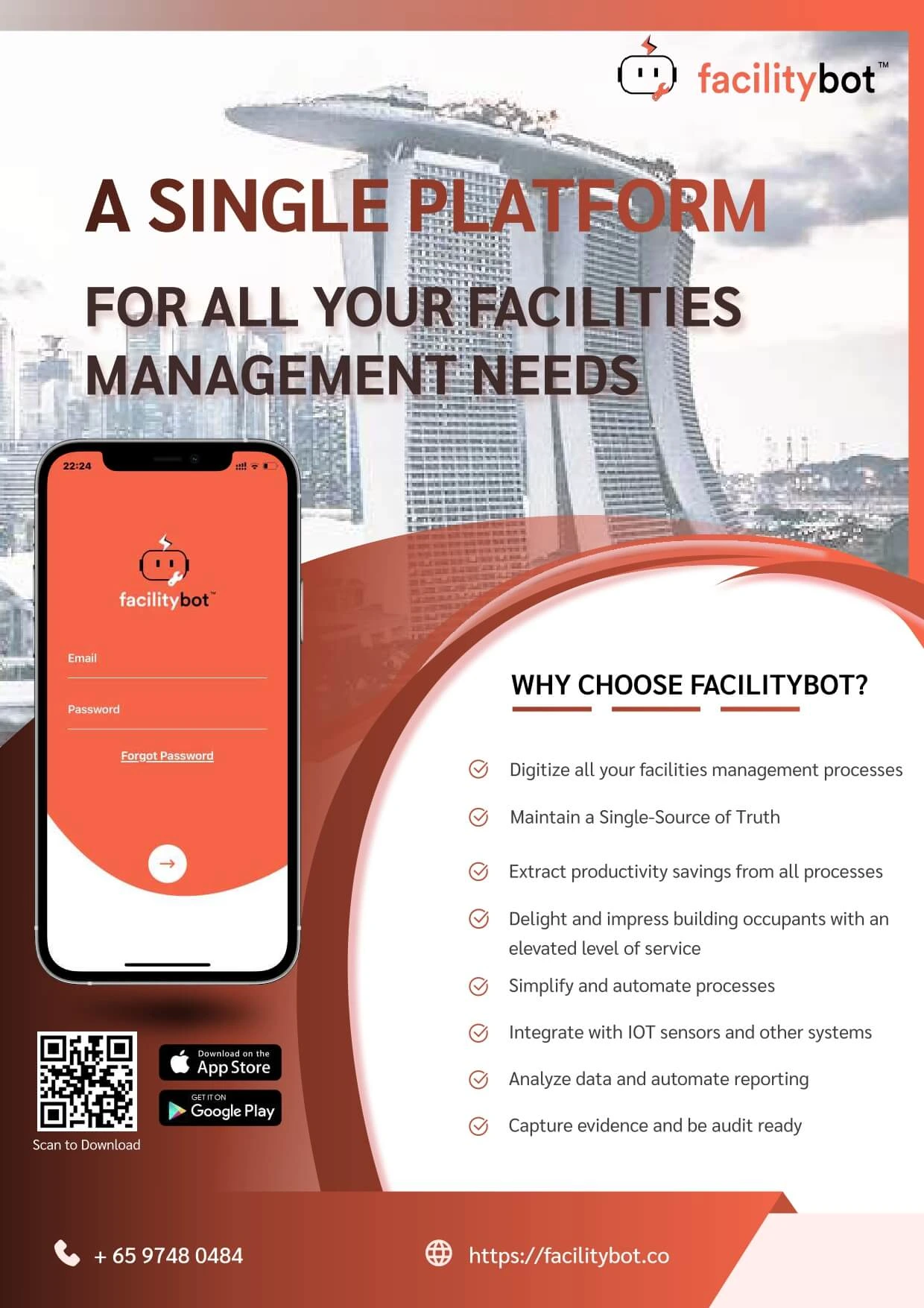Transitioning from reactive to preventive maintenance can prolong the lifespan of your valued assets, save your employees from reacting to sudden unforeseen equipment breakdowns, and ultimately save maintenance costs.
Even with the many upsides of implementing preventive maintenance, a lot of businesses are still hesitant to make the transition. Perhaps, the fear comes from thinking that the transition will be too costly or that the implementation will not succeed.
The success rate of conducting preventive maintenance is actually quite high. This is especially true if you follow a careful step-by-step process and you pair it with the right maintenance software.
On top of that, making the switch doesn’t have to be too costly. Maintenance management software like FacilityBot that will help you with the switch is very affordable.
Benefits of Switching To Proactive Maintenance
Takes Away Productivity And Profit
Assets and facilities that are not maintained properly will not operate as well as they should. Because of this, you could see an increase in the consumption of energy and a decrease in output.
Decrease Unplanned Repairs And Extra Labor Cost
Emergency actions are the cause of headaches for the entire maintenance team from the manager down to the staff. Emergency response to critical system failure typically also means added labour cost, including overtime, and reduced bargaining power if 3rd party technicians are needed.
Enhance Day-To-Day Operation And Prolong Asset’s Life
With the right care, your assets can surpass their expected lifespan. For example, make sure that you meet the required frequency for oil or filter change or part replacement.
Implementing The Switch From Reactive to Proactive Maintenance
Ensure The Participation Of The Entire Team
Making the switch from reactive to proactive maintenance will require careful planning and team effort. Identify the departments that will be involved. For example, they may need to adopt new procedures in reporting faults and malfunctions. If there need to be scheduled shutdowns, the departments affected by such shutdowns will also need to be informed at the start of the project.
Pick The Right CMMS
To implement a successful preventive maintenance program, it is important to gather, monitor, and oversee data from multiple sources. Trying to do this manually means risking human errors, inaccuracies and vast inefficiencies. With easily deployable and easily configurable CMMS systems like FacilityBot available at reasonable prices, it is a no-brainer that a CMMS system should be used for the planned transition.
Set Quantifiable Goals
Every good implementation programme also involves establishing measurable goals. Here, data collation will again be essential, and implementing the appropriate CMMS system that can collate the correct data and easily visualize the data to measure the identified goals is again a crucial part of the transition.
Figure out Which Asset To Maintain
The initial step you have to take when implementing a preventive maintenance strategy is to decide which of your assets will be included on your maintenance management checklist since not all equipment needs to be a part of it. There are assets that are crucial in your daily operation while others are not. In deciding which assets to include in the list, try considering the following factors:
- Assets that require costly repair or replacement
- Assets with high importance to production
- Aged equipment that you are not planning to replace anytime soon, and are in need of lifespan expansion
- Assets that require extensive maintenance
For each asset, the following basic information should be gathered
- Type of equipment
- Location of the equipment
- Equipment Model
- Serial number
- Replacement parts with part numbers and cost
Make A List Of All Maintenance Tasks
The next step is to create a list of tasks that your maintenance team will be taking when conducting preventive maintenance routines. Combine the insights coming from your manufacturers’ manual as well as your technicians to jot down all the necessary steps and maintenance needs. This will outline all the steps your technicians have to take and make sure that all components are checked.
Set-up A Maintenance Schedule
After knowing which of your assets require routine maintenance as well as the tasks included in each procedure, the next thing to do is set up a schedule. Start small with only one to two pieces of equipment. This is to make sure that the data inserted in the CMMS software is being used correctly. During this time, you may straighten out any irregularities and adjust system functions.
Some Last Words
Preventive maintenance supported with the appropriate CMMS will give you the assurance that your business is running efficiently.
We hope that this article provided you with useful information to implement a preventive maintenance strategy. Should you have added questions or clarifications, don’t hesitate to contact us or sign up for our 14-day free trial to explore FacilityBot.



